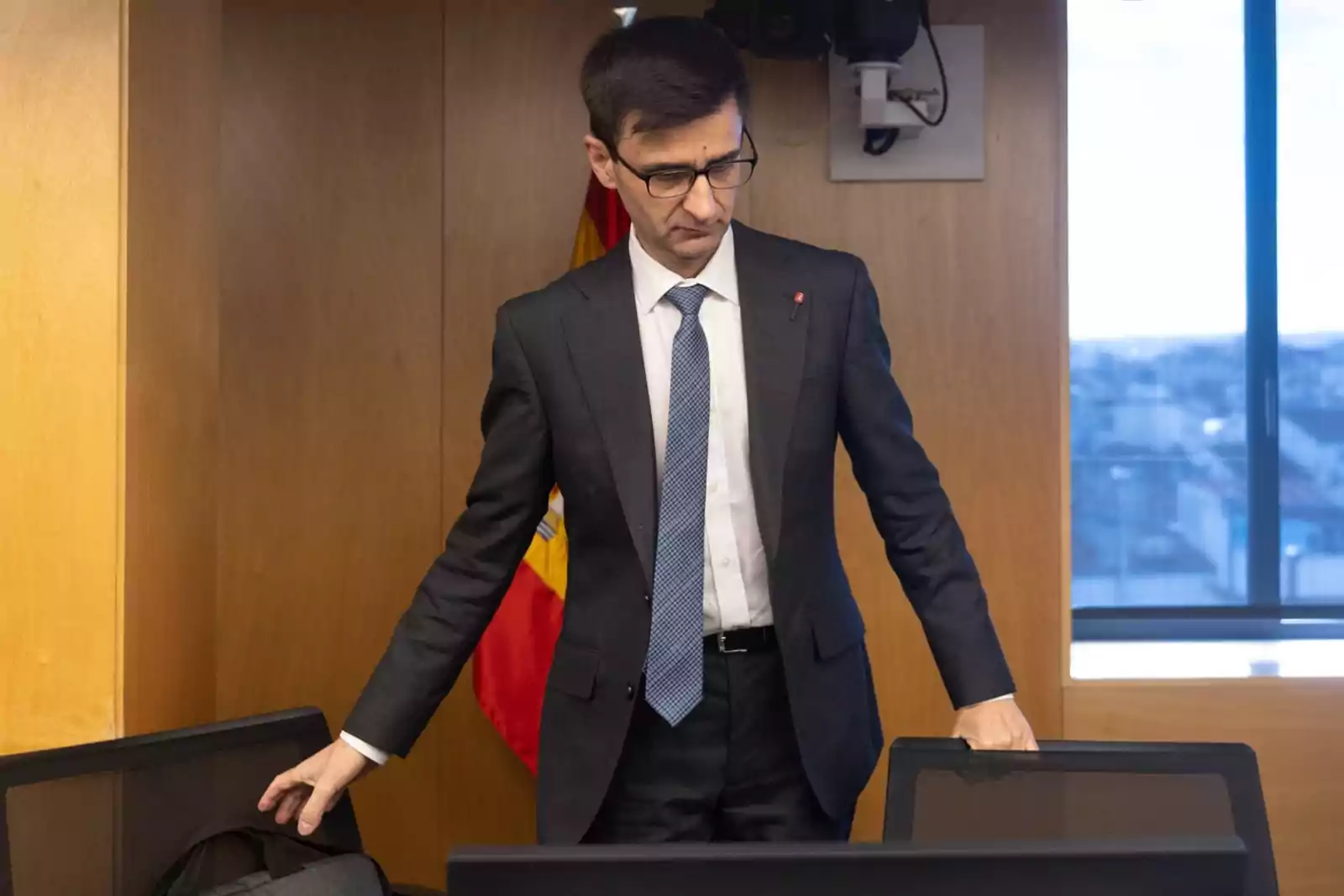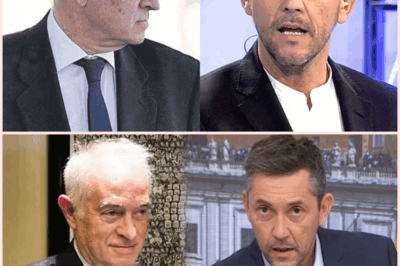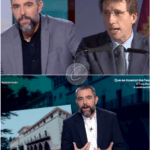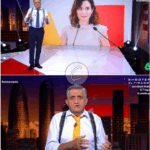RTVE has revealed multi-million euro production costs for upcoming shows ‘La Familia de la Tele’ and ‘Malas Lenguas,’ sparking public debate over the value of taxpayer-funded content and the network’s commitment to transparency and accountability.

In a groundbreaking move towards transparency, RTVE has begun disclosing the financial details behind its audiovisual content production contracts.
This initiative aims to inform the public about how taxpayer money is allocated to various programming, and the latest revelations have raised eyebrows regarding the staggering sums involved in popular shows like ‘La Familia de la Tele’ and ‘Malas Lenguas,’ hosted by Jesús Cintora.
The recent disclosures detail the contracts signed in March for three key programs, including ‘La Familia de la Tele,’ which is set to premiere on La 1 on April 22.
RTVE has allocated a whopping €5,310,414 to LA OSA Producciones Audiovisuales for the production of this show, which is being touted as the new version of the widely-discussed ‘Sálvame.’
With 65 episodes planned, the budget comes out to less than €82,000 per episode, a figure that has sparked conversations about the value and quality of content being produced.
Moreover, the upcoming show ‘Malas Lenguas,’ which will debut on La 2 on April 9, has a production budget of €2,020,740.
This amount is earmarked for Big Bang Media, a subsidiary of The Mediapro Studio, although it remains unclear how much the creators of the format, LA OSA Producciones Audiovisuales and El Terrat, will receive.

These financial figures come in the wake of a promotional blitz during the recent Copa del Rey semifinal match between Atlético Madrid and FC Barcelona, where several prominent figures from the shows made appearances.
Belén Esteban, a beloved television personality, was seen in the commentary booth with Juan Carlos Rivero promoting ‘La Familia de la Tele,’ while Inés Hernand, María Patiño, and Aitor Albizua were present on the field.
Jesús Cintora also made a notable appearance, discussing his new program in a video segment.
The public’s reaction to these revelations has been mixed. While some viewers appreciate RTVE’s commitment to transparency, others are questioning the high costs associated with the production of these shows.
Critics argue that such expenditures should be scrutinized, especially given the current economic climate and the need for responsible use of public funds.
Viewers are left wondering if the quality of content justifies the investment, especially when many feel that television programming has been increasingly formulaic and repetitive.
In addition to the financial aspects, the shows themselves have been the subject of much debate. ‘La Familia de la Tele’ is expected to deliver a mix of entertainment and gossip, akin to its predecessor ‘Sálvame,’ which has been a staple of Spanish daytime television.
However, the pressure is on to deliver fresh and engaging content that resonates with audiences, especially in an era where streaming services and digital platforms are rapidly changing the landscape of media consumption.
As RTVE continues to unveil its spending practices, it raises important questions about accountability and the role of public broadcasting in Spain.
Will these revelations lead to a more informed public that demands better content for their money, or will it simply be seen as another example of excessive spending in the entertainment industry? Only time will tell as viewers tune in to see if the productions live up to their hefty price tags.
In the broader context, this situation reflects a growing trend among public broadcasters worldwide to increase transparency regarding funding and expenditures.
As audiences become more aware of how their money is being spent, they are likely to demand greater accountability and quality in programming.
The challenge for RTVE and other public broadcasters will be to balance financial responsibility with the need to create compelling content that attracts and retains viewers.
In conclusion, the unveiling of RTVE’s financial commitments to ‘La Familia de la Tele’ and ‘Malas Lenguas’ not only highlights the significant resources allocated to these productions but also prompts a larger discussion about the value of public broadcasting.
As the network moves forward, it must navigate the delicate balance between transparency, accountability, and the ever-changing expectations of its audience.
Will viewers embrace these new shows, or will the financial scrutiny lead to a reevaluation of what they are willing to support? The answers remain uncertain, but one thing is clear: the conversation about public funding in media is just beginning.
News
Federico Jiménez Losantos Explota Contra Barbie Gaza: “¡Qué Asquerosa!”
Federico Jiménez Losantos arremete duramente contra Barbie Gaza tras sus polémicas declaraciones sobre las violaciones durante la masacre del 7…
El juez Peinado lanza una bomba contra RTVE: Querella por injurias y calumnias
Juan Carlos Caballero confrontó a la presentadora Silvia Intxaurrondo en TVE, acusándola de priorizar la crítica política sobre la información…
Juan Carlos Caballero deja en evidencia a Silvia Intxaurrondo en TVE: “La televisión pública debe informar, no manipular”
Juan Carlos Caballero confrontó a la presentadora Silvia Intxaurrondo en TVE, acusándola de priorizar la crítica política sobre la información…
Ada Colau, Aterrorizada por las Amenazas de Israel: “Solo Quiero Volver a Casa”
Ada Colau, exalcaldesa de Barcelona, participa en la flotilla humanitaria Global Sumud hacia Gaza, pero confiesa sentirse aterrorizada por posibles…
¡Cita Explosiva en First Dates: La Estrategia de Seducción que Dejó a Todos Boquiabiertos!
Pablo, un striper de 20 años, protagonizó una cita muy atrevida y provocadora con Naquiolis, de 34 años, en “First…
😱 ¡Increíble Cita en First Dates! Carlos Sobera Interviene por un Motivo Sorprendente
Durante una cita en First Dates, Pedro, un hombre de 72 años, y Maribel, una mujer más joven, protagonizaron situaciones…
End of content
No more pages to load












